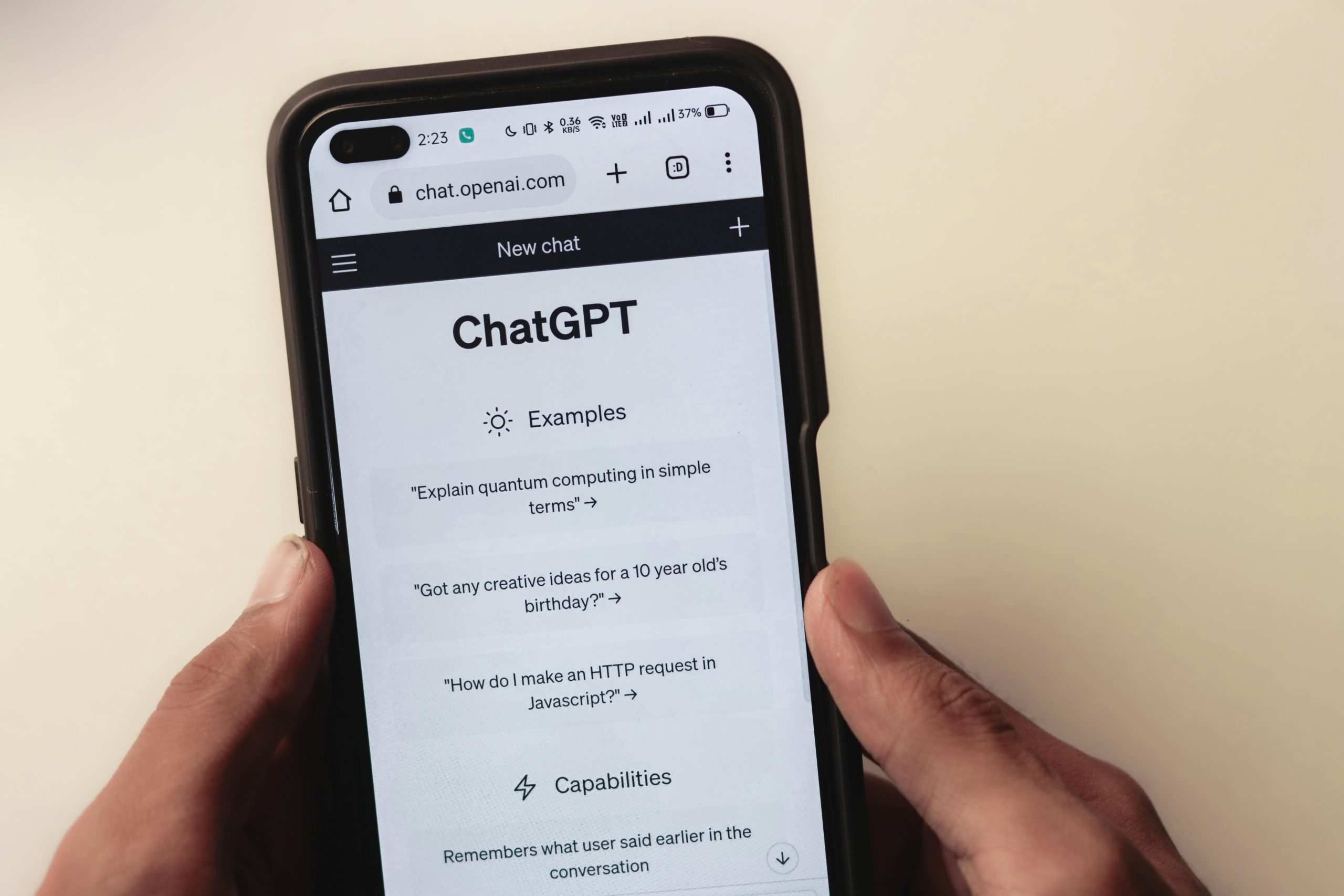Exploring the Role of Generative AI in the Legal Sector
As the landscape of Artificial Intelligence continues to evolve, its integration into the legal industry holds both promise and challenges. Here, we delve into the current state of generative AI in legal work and contemplate its potential future.
Contracting Work: A Field in Development
In the realm of contracting work, generative AI is making strides, albeit gradually. Tools such as Spellbook appear to be at the forefront; nevertheless, they, too, are navigating the complexities inherent in AI development. Many Contract Lifecycle Management (CLM) platforms are opting to integrate AI capabilities by partnering with general technology providers. However, a more effective strategy could involve collaboration with AI systems designed specifically for legal applications, allowing for a more tailored approach.
Advancements in Legal Research and Drafting
When it comes to legal research and drafting, offerings from companies like vLex and Thomson Reuters are inching closer to providing robust solutions. They, along with platforms such as Clearbrief, are enhancing the efficiency and accuracy of legal tasks by leveraging AI. These advancements represent significant milestones, yet there remains ample room for growth and innovation.
A Call for Exploration and Realism
At this nascent stage, understanding AI’s limitations is crucial for its application in law. Experimentation, coupled with a realistic appraisal of these technologies, is the optimal approach for legal professionals seeking to harness AI’s potential. It is vital to remember that AI systems do not possess human cognition or creativity—they are tools meant to augment human capabilities, not replace them.
As we navigate these early days of AI in legal work, I invite you to share your experiences and insights on the current use of these tools. How have you found them to aid your practice, and what improvements do you envision for the future?


Leave a Reply